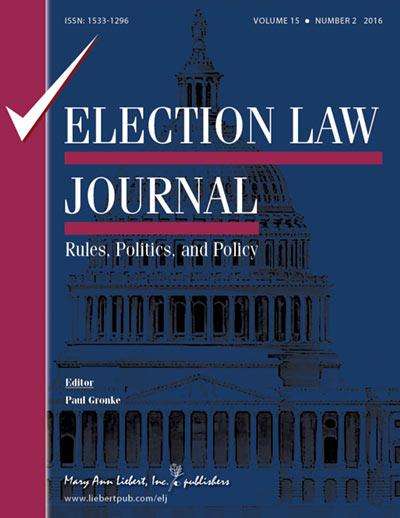First report on efficient reprogramming of diabetic foot ulcer cells to create therapeutic stem cell

The potential to use a patient's own cells to treat non-healing chronic wounds - a serious complication of diabetes - took an important step forward as researchers successfully reprogrammed skin cells taken from diabetic foot ulcers to form induced pluripotent stem cells (iPSCs). The reprogramming technique was similar in efficiency to the results achieved using healthy foot skin from non-diabetic patients, as described in the study published in Cellular Reprogramming.
iPSCs have the potential to develop into a variety of cell types and can be used to create disease models to study new therapeutic approaches, such as activating regenerative capabilities that could convert non-healing fibroblasts into skin cells that regain their repair functions.
In the article "Generation of Induced Pluripotent Stem Cells From Diabetic Foot Ulcer Fibroblasts Using a Nonintegrative Sendai Virus", Behzad Gerami-Naini, PhD and coauthors from the School of Dental Medicine and the Sackler School of Graduate Biomedical Sciences, Tufts University (Boston, MA), and Beth Israel Deaconess Medical Center and the School of Engineering and Applied Sciences, Harvard University (Boston and Cambridge, MA), present a technique that uses a non-integrating Sendai virus to reprogram fibroblast cell lines. The researchers describe the future therapeutic potential of reprogrammed diabetic foot ulcer-derived cells, which could undergo epigenetic remodeling, a change that may reverse disease processes
"This research has created two new approaches to the study and treatment of diabetic ulcers. It has revealed an important new source of cells for treatment of such ulcers," says Professor Sir Ian Wilmut, OBE, FRS, FRSE, Editor-In-Chief of Cellular Reprogramming and Emeritus Professor in the MRC Centre for Regenerative Medicine, Scottish Centre for Regenerative Medicine, University of Edinburgh (UK). "In addition, research on "reprogrammed cells" from such ulcers may reveal the molecular changes that caused the ulcers."
More information: Behzad Gerami-Naini et al, Generation of Induced Pluripotent Stem Cells from Diabetic Foot Ulcer Fibroblasts Using a Nonintegrative Sendai Virus, Cellular Reprogramming (2016). DOI: 10.1089/cell.2015.0087
Provided by Mary Ann Liebert, Inc
















